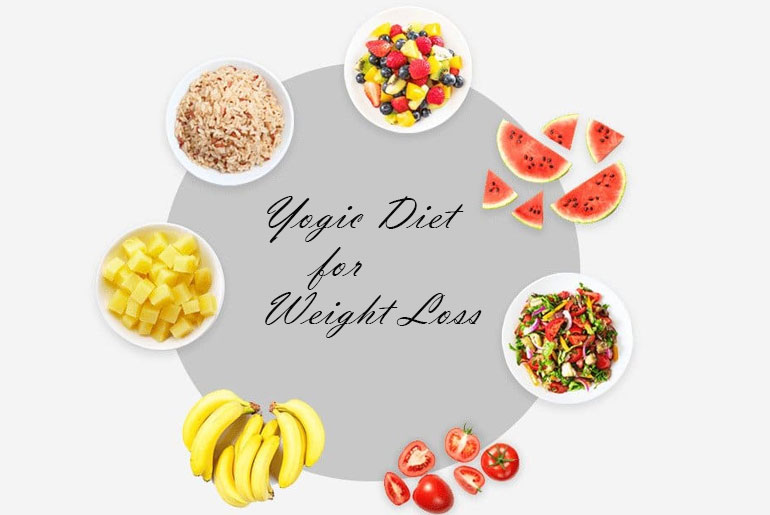A yogic diet for weight loss emphasizes not only the choice of food but also the practice of mindful eating, focusing on balancing and nourishing the body. The principles of Ayurveda and the Sattvic diet are integral to this approach, aiming to purify the body and promote overall well-being. This diet is predominantly vegetarian, with a focus on whole, natural foods that are easy to digest and support long-term health goals.
Key Components of the Yogic Diet for Weight Loss
- Mindful Eating: It’s not just about what you eat, but also how you eat. Cultivating mindfulness while eating helps improve digestion and promotes a healthier relationship with food.
- Liquid Intake: A critical aspect of the yogic diet is to drink more liquids and reduce the intake of solid foods. This aids in digestion, hydration, and weight management.
- Vegetarian and Protein-Rich Foods: The diet focuses on plant-based sources of protein. Seeds and nuts are excellent options to meet protein needs, and flax seeds, in particular, are touted as a better option than eggs.
Breakfast:
Breakfast should be consumed around sunrise, and it is suggested to include nuts, which provide a good amount of protein. Other options include:
- Nuts: 100g contains 607 calories and 20g of protein.
- Pumpkin seeds: 100g contains 559 calories and 10.7g of protein.
- Chia seeds: 100g contains 487 calories and 17g of protein.
- Flax seeds: 100g contains 534 calories and 18g of protein.
Lunch:
For lunch, buttermilk can be paired with either dal and rice or roti with sabzi. These options are wholesome and provide sufficient energy and protein.
- Buttermilk: 100g contains 40 calories and 3.3g of protein.
- Dal with rice: 200g contains 290 calories and 13g of protein.
- Roti with sabzi: 100g of roti with sabzi contains 300-600 calories and 9-16g of protein (depending on the sabzi).
Evening Snack:
A light snack such as chana (chickpeas) or makhana (fox nuts) is ideal. Pairing this with a glass of lemon water can provide additional hydration and aid digestion.
- Chana: 100g contains 430 calories and 20g of protein.
- Makhana: 100g contains 430 calories and 20g of protein.
- Lemon water: 100g contains 22 calories and 0.3g of protein.
Dinner:
For dinner, a big bowl of soup is recommended. Soup is easy to digest, and you can add rice or roti pieces if you’re still feeling hungry. A mixed vegetable soup is a particularly healthy option.
- Soup: 100g contains 40-90 calories and 2-10g of protein, depending on the ingredients.
Benefits of the Yogic Diet
- Weight Loss: The emphasis on liquids, low-calorie but nutrient-dense foods, and mindful eating supports weight loss by reducing calorie intake and improving metabolism.
- Protein Intake: Plant-based proteins from seeds, nuts, and legumes help in muscle repair and maintenance, making the diet suitable for those looking to lose weight without compromising muscle mass.
- Digestive Health: A lighter, balanced approach to meals, including easy-to-digest foods like soups and buttermilk, aids in digestion and promotes gut health.
- Mental Clarity and Calmness: Adhering to a Sattvic diet that is pure, wholesome, and nourishing supports mental clarity, a key benefit of yogic eating practices.
By focusing on wholesome, plant-based foods and mindful eating habits, a yogic diet can promote sustainable weight loss, enhance overall health, and improve mental well-being.
Disclaimer:
The information contained in this article is for educational and informational purposes only and is not intended as a health advice. We would ask you to consult a qualified professional or medical expert to gain additional knowledge before you choose to consume any product or perform any exercise.







